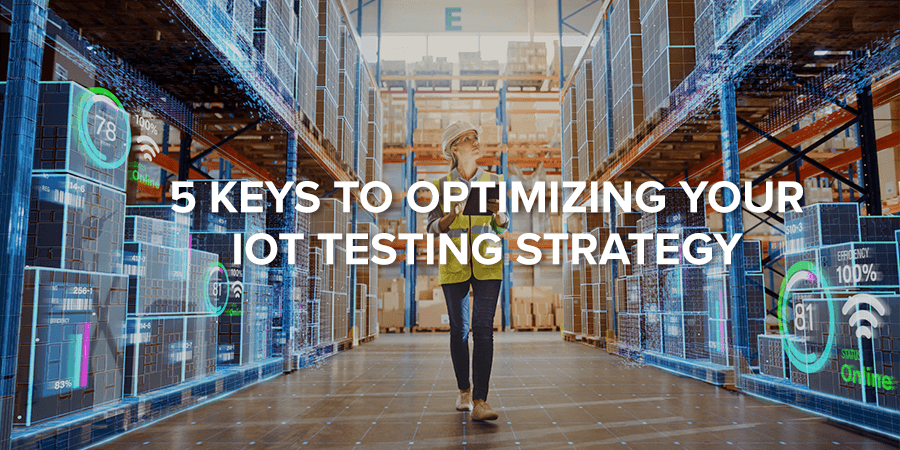The Internet of Things (IoT) is getting smarter every day thanks to the convergence of the digital and physical world. But IoT is also becoming more complex by integrating different systems such as sensors, mobile applications, web interfaces, etc. That is why it is necessary to adopt an IoT testing strategy that takes into account these multiple access points to ensure an optimal customer experience.
1) Test the usability of your IoT solution
Every interaction between a user and an IoT solution is, in essence, unique and unpredictable. The ways in which your customers us your solution are often surprising and difficult to anticipate. For this reason, real-life tests performed on real devices and in various contexts are the only way to ensure the functionality and usability of your solution. To do this, it is necessary to understand how users view the IoT, its uses, and even its dedicated application or software. It will then be possible to verify that the IoT will behave according to the established scenario tests.
2) Secure connectivity and interoperability at the heart of your IoT strategy
Interoperability describes the ability of a system to interact with another via a connection such as Bluetooth, Wi-Fi, 5G, LTE-M, etc. Ensuring the interoperability of your IoT solution is vital especially in case when an IoT device goes offline temporarrily.
Case Study: Validating Application and IoT Compatibility
The implementation of functional testing will ensure that no data is lost or modified. It will also verify that the exchange that takes place between the data does not corrupt the desired behavior and that the applications are able to execute it independently.
3) Do not compromise security!
Currently, the security of IoT devices and connected objects is a major concern for customers and users. More than ever, it is necessary to take this criterion seriously. By integrating it in your functional testing phase, make sure that all data is perfectly protected and encrypted when being exchanged or transfered. It will also ensure that the user interface is properly secured with a robust and truly effective password system.
4) Integrate performance testing into your QA strategy
Gain peace of mind by ensuring that your IoT solution is stable, fast, capable and responsive even when subjected to specific workloads. By testing the stability of your platform and the scalability of your system, you guarantee its robustness and reliability under a variety of circumstances, irrespective to the number of users or devices connected and regardless of the volume of data exchanged.
5) Verify compatibility with other devices
Finally, the last key point to integrate in your IoT testing strategy is the evaluation of your solution's ability to be compatible with a large number of devices and different OS versions. Because your customers do not all use the latest version of their operating system, because browsers are multiple as well as smartphone or tablet models, the testing phase can be tedious. StarDust accompanies you in the implementation of your IoT functional tests and helps you to ensure the compatibility of your solution under any circumstance.
To learn more about QA testing, feel free to download our white paper: Why and how to test in the era of digital transformation.







